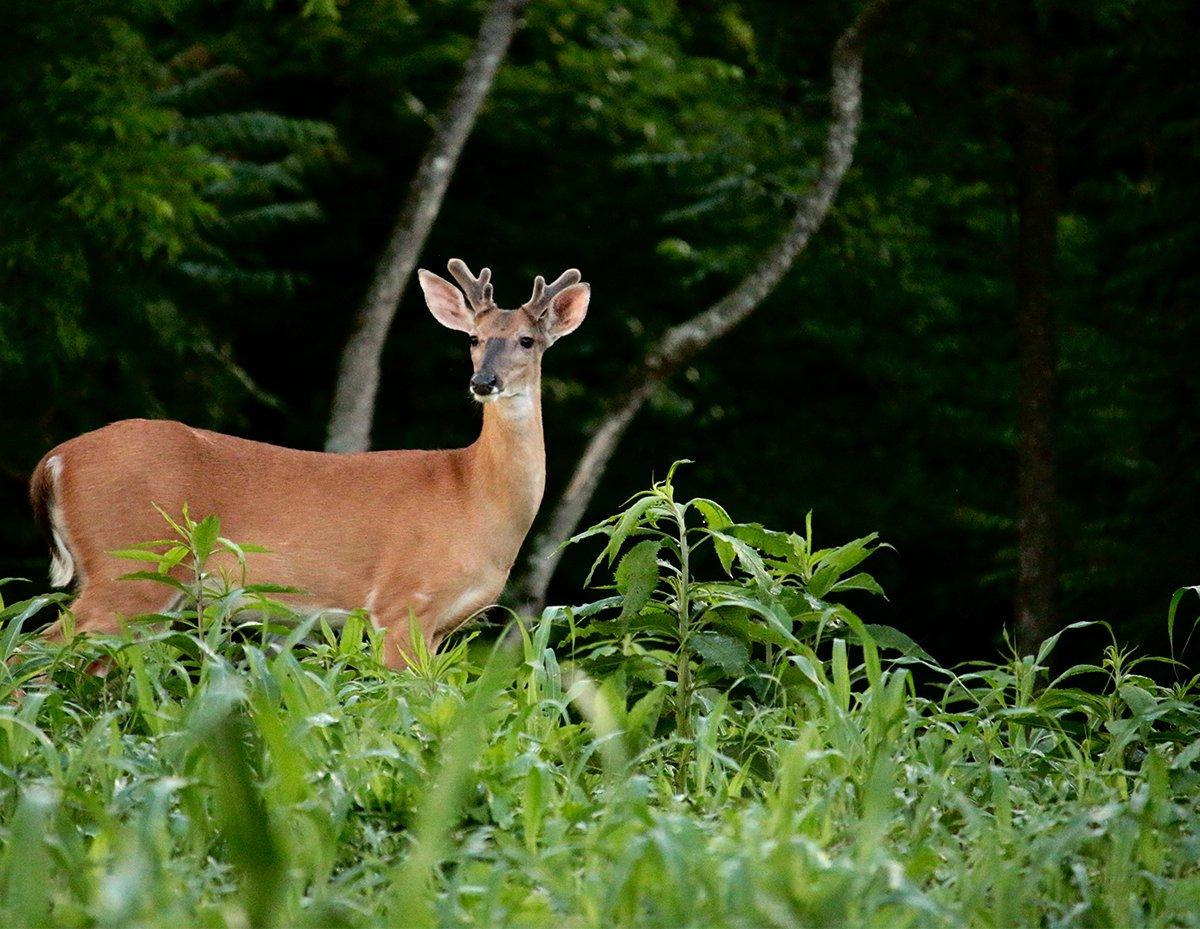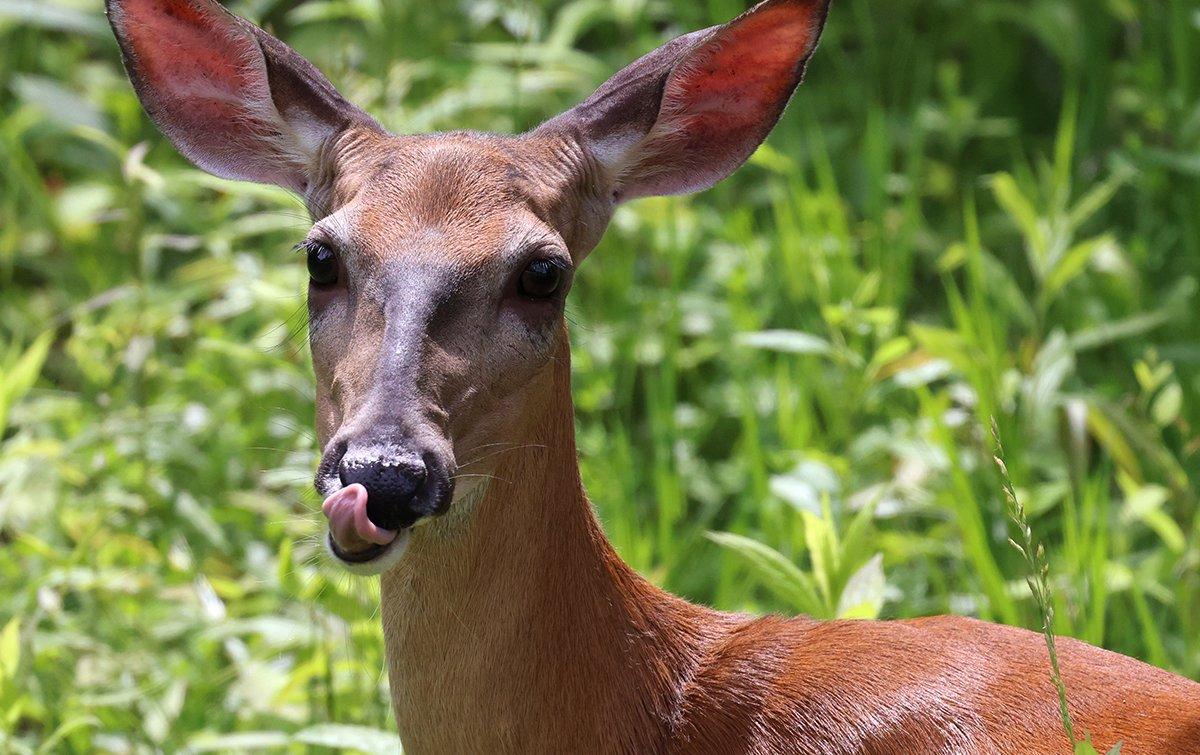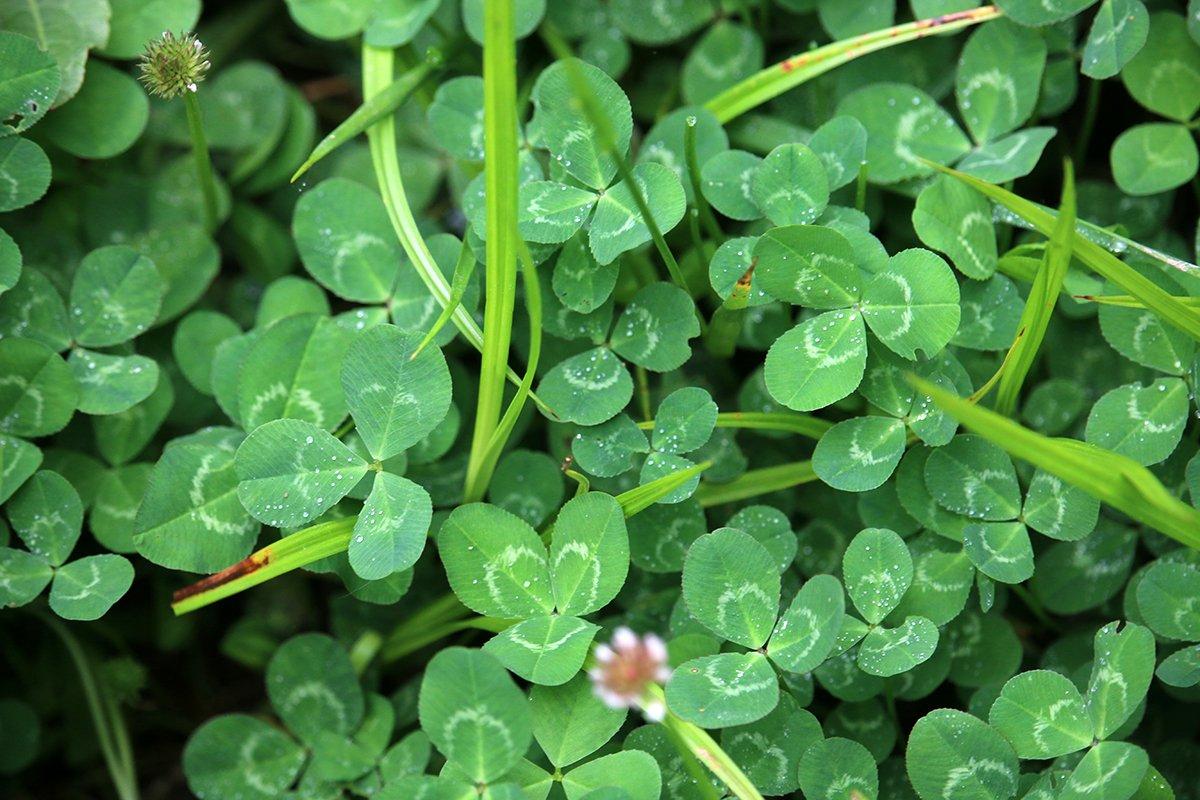Save money on herbicide, fuel, and sweat equity with this advice from a habitat expert
You got your new food plots planted right on time this spring, and your established patches of perennial clover are growing thick and green. Now it's time for some summer maintenance. Break out the sprayer and tractor and mower, right?
Well, maybe not. Check out this advice from a guy who grows some of the lushest and prettiest food plots we've ever seen on his land in Pennsylvania.
Skip the Spray
Don't strive for weed-free plots, says Kip Adams, a wildlife biologist and one of the top deer habitat experts in the country. Plots with no weeds look nice in pictures and on TV, but many weeds are highly nutritious for deer, and deer love 'em. Adams points out that by accepting some weeds in your plots, you'll work less and save good money on herbicide and fuel, a huge bonus in this crazy economy.
(Don't Miss: Maintenance Tips for Food Plot Equipment)
Minimize the Mowing
Do not mow your annual plots at all, and mow your perennial plots only once, says Adams, who is also an executive with the National Deer Association. Mow them in mid-to-late summer before weeds go to seed. Mow just below the weed seed heads. Ideally, you mow the seed heads off the weeds and not touch the clover.
Contrary to what you might have heard, there is little to be gained by mowing clover. In fact, you lose forage for deer and other wildlife, says Adams. If and when you do mow a plot, mow it as high as you can.
(Don't Miss: How to Plant a Deer Orchard)
Maximize the Cover Crops
Adams is a big believer in keeping plots covered in summer and throughout the year. The best way to keep a plot covered is to have some plants growing in it for as many months as possible. As plants grow in a plot, they hold the soil and help to build organic matter, he says. That is why cover cropping has become so big in commercial agriculture. Farmers used to harvest corn or soybeans, and then leave the soil open until the next planting season. Now they seed winter wheat, winter rye, or brassicas onto those harvested row crop fields.
A good example in food plots would be to plant soybeans to feed the deer during summer and fall, and then broadcast brassicas into the plot just before the beans canopy (some 60 to 75 days after planting).
The brassica seeds would just sit and wait until the soybeans matured, and as soon as their leaves wilted and sun reached the ground, the brassicas would germinate and grow up through the beanstalks, Adams says. The soil between the rows of beans is 'covered' with brassica plants — a double attraction for deer.
Another huge benefit of covering a plot is moisture retention. Keep a plot covered in summer and for as much of the year as possible, keep building up that organic matter, says Adams. A simple 1% increase in organic matter saves an extra 20,000 gallons of water per acre!
(Don't Miss: What to Know About Your First Controlled Burn)










